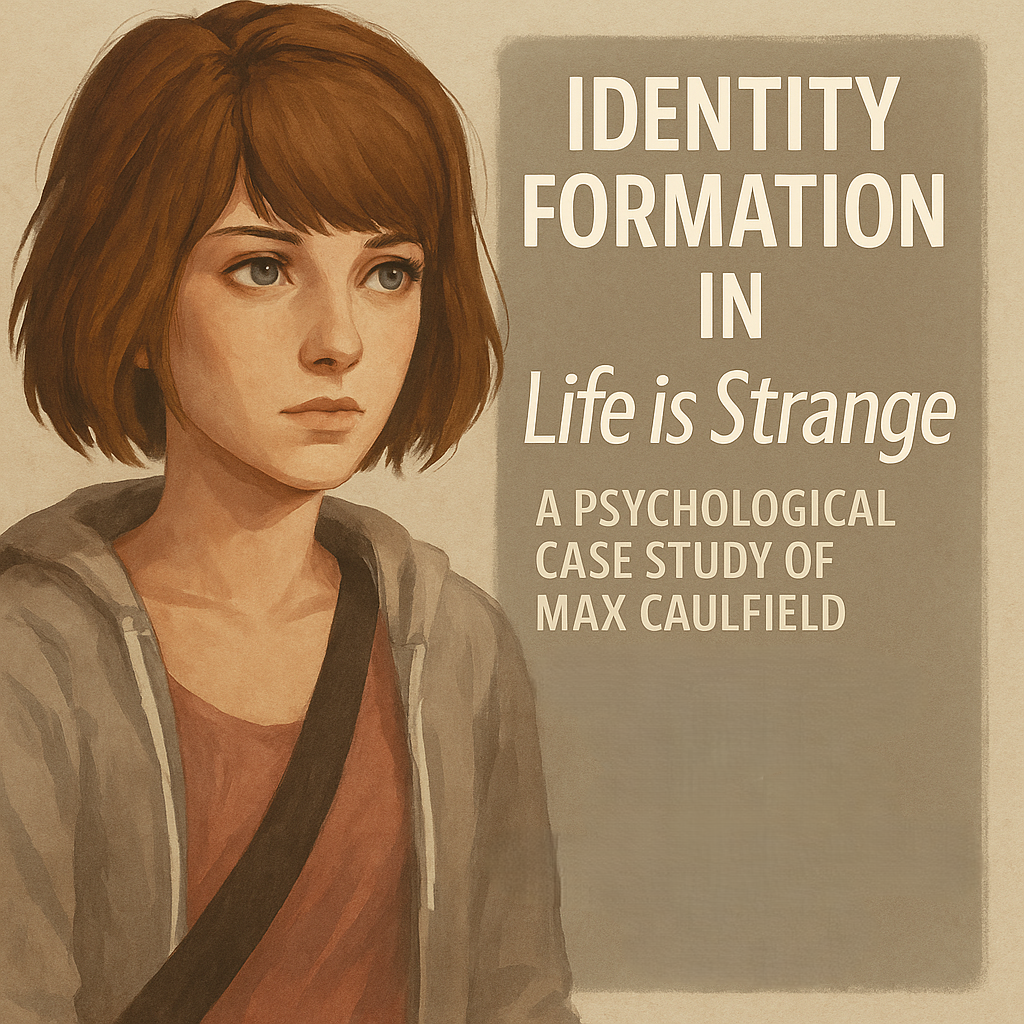LGBTQIA+ Inclusion in Game Design
A Psychological Perspective
The landscape of video games has evolved significantly over the past few decades, increasingly reflecting the diversity of its audience. As the industry strives for greater inclusivity, the representation of LGBTQIA+ characters and narratives in game design has become a focal point. This article explores the psychological impact of LGBTQIA+ inclusion in video games, analyzing how representation affects players' mental health, identity formation, and social attitudes. Drawing on peer-reviewed research, we examine the benefits of inclusive game design and the challenges that still need to be addressed.
The Importance of Representation
Psychological Impact on LGBTQIA+ Players
Representation in media, including video games, plays a crucial role in the psychological well-being of marginalized groups. For LGBTQIA+ individuals, seeing characters that reflect their identities can foster a sense of belonging and validation. According to McInroy and Craig (2015), positive media representation contributes to the development of self-esteem and identity among LGBTQIA+ youth. Video games, with their immersive and interactive nature, have a unique potential to provide affirming experiences that can mitigate feelings of isolation and discrimination (DeVito et al., 2020).
Identity Formation and Exploration
Video games offer a safe space for exploring and expressing identity, particularly for LGBTQIA+ players. Through character creation and narrative choices, players can experiment with different aspects of their identity in a virtual environment. This process can be particularly beneficial during adolescence, a critical period for identity formation (Erikson, 1968). Research by Birk et al. (2016) suggests that games allowing for gender customization and diverse sexual orientations enable players to explore their identity in meaningful ways, contributing to their overall psychological development.
Inclusive Game Design: Strategies and Benefits
Diverse Character Representation
Inclusive game design begins with diverse character representation. This includes characters of various sexual orientations, gender identities, and expressions. Games like "The Sims" and "Dragon Age" series have been praised for their inclusive character options and storylines. The presence of diverse characters helps normalize LGBTQIA+ identities, reducing stigma and promoting acceptance (Greitemeyer & Osswald, 2010). Moreover, inclusive representation can challenge stereotypes and provide a more accurate portrayal of the LGBTQIA+ community.
Narrative and Storytelling
Narrative is a powerful tool for fostering empathy and understanding. Games that incorporate LGBTQIA+ storylines can educate players about the experiences and challenges faced by this community. Titles such as "Life is Strange" and "The Last of Us Part II" have been lauded for their authentic and nuanced portrayal of LGBTQIA+ characters and issues. These narratives can promote empathy and reduce prejudice among non-LGBTQIA+ players (Murphy et al., 2011).
Inclusive Mechanics and Gameplay
Beyond characters and story, inclusive game design involves considering how game mechanics and gameplay can support diversity. For example, allowing players to choose pronouns and ensuring that dialogue options respect these choices are small but significant steps toward inclusion. Mechanics that support diverse relationship dynamics, such as same-sex partnerships and non-binary interactions, further enhance the inclusivity of a game. This approach not only benefits LGBTQIA+ players but also enriches the gaming experience for all users by offering a wider range of perspectives and experiences (Shaw, 2014).
Challenges and Considerations
Tokenism and Stereotyping
One of the primary challenges in LGBTQIA+ inclusion is avoiding tokenism and stereotyping. Tokenism occurs when LGBTQIA+ characters are included superficially, without meaningful development or integration into the story. Stereotyping involves portraying these characters in a way that reinforces negative or oversimplified images. Both practices can be harmful, as they fail to provide authentic representation and may perpetuate harmful biases (GLAAD, 2019).
Industry Resistance and Backlash
Despite progress, there remains resistance within the industry and among certain player demographics to LGBTQIA+ inclusion. This resistance can manifest as backlash against games that feature prominent LGBTQIA+ content, sometimes leading to harassment of developers and players. Understanding and addressing these reactions is crucial for fostering a more inclusive gaming culture. Research suggests that addressing biases and promoting positive intergroup contact can help reduce prejudice and improve acceptance of diversity in games (Allport, 1954; Pettigrew & Tropp, 2006).
Simply Put
LGBTQIA+ inclusion in game design is not just a matter of representation but a significant factor in promoting mental health, identity exploration, and social acceptance. By incorporating diverse characters, inclusive narratives, and respectful mechanics, game designers can create environments that validate and celebrate LGBTQIA+ identities. The challenges of tokenism, stereotyping, and backlash highlight the need for ongoing education and advocacy within the industry. As research continues to illuminate the benefits of inclusive media, it is clear that thoughtful and genuine representation in video games can have a profound positive impact on players and society at large.
References
Allport, G. W. (1954). The Nature of Prejudice. Addison-Wesley.
Birk, M. V., Atkins, C., Bowey, J. T., & Mandryk, R. L. (2016). Fostering Intrinsic Motivation through Avatar Identification in Digital Games. Proceedings of the 2016 CHI Conference on Human Factors in Computing Systems, 2982-2995. http://dx.doi.org/10.1145/2858036.2858062
DeVito, D., Birnholtz, J., & Hancock, J. (2020). Platforms, People, and Perception: Using Affordances to Understand Self-Presentation on Social Media. Journal of Computer-Mediated Communication, 25(3), 187-202. http://dx.doi.org/10.1145/2998181.2998192
Erikson, E. H. (1968). Identity: Youth and Crisis. Norton & Company.
GLAAD. (2019). GLAAD Media Reference Guide - 11th Edition. GLAAD. https://www.glaad.org/reference
Greitemeyer, T., & Osswald, S. (2010). Effects of Prosocial Video Games on Prosocial Behavior. Journal of Personality and Social Psychology, 98(2), 211-221. https://doi.org/10.1037/a0016997
McInroy, L. B., & Craig, S. L. (2015). Transgender Representation in Offline and Online Media: LGBTQ Youth Perspectives. Journal of Youth Studies, 18(8), 1068-1082. https://psycnet.apa.org/doi/10.1080/10911359.2014.995392
Pettigrew, T. F., & Tropp, L. R. (2006). A Meta-Analytic Test of Intergroup Contact Theory. Journal of Personality and Social Psychology, 90(5), 751-783. https://doi.org/10.1037/0022-3514.90.5.751








Examine how Cyberpunk 2077 redefines identity theft in the context of consciousness transfer, exploring the deep psychological implications of losing control over one's self in a digital era.